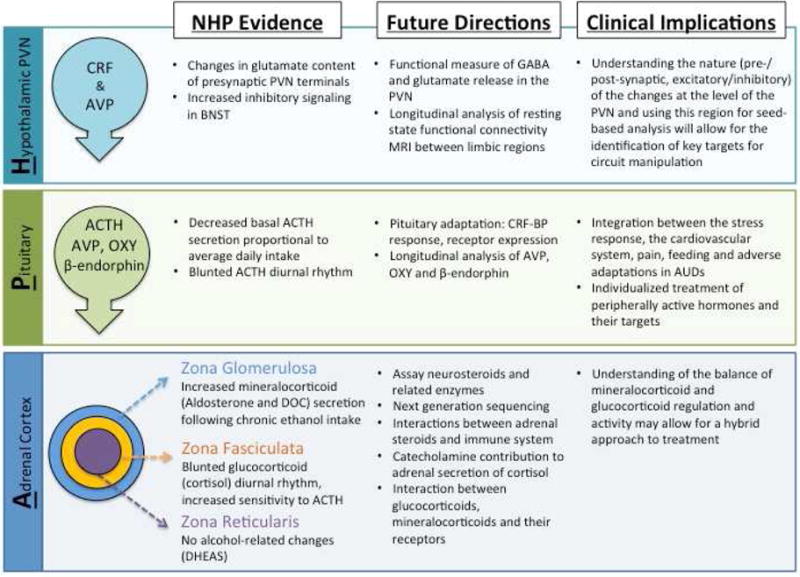Figure 1. Alcohol self-administration and HPA axis interactions in nonhuman primates (NHPs).

At the apex of the HPA axis is the hypothalamic paraventricular nucleus (PVN) where corticotropin-releasing factor (CRF) and arginine-vasopressin (AVP) are released in response to real or perceived threats to homeostasis. GABA and glutamate are the principle neurotransmitters in relaying information to the PVN, and targets for alcohol pharmacology. Activation of parvocellular neurons stimulates adrenocorticotropin hormone (ACTH) release from the anterior pituitary which increases steroidogenesis from each layer of the adrenal cortex. The left-hand column highlights some of the evidence from the NHP model showing that each level of the hypothalamic-pituitary-adrenal axis is effected by long-term alcohol self-administration. The future directions (center column) are aimed at better understanding the physiological impact of alcohol at each level and the interactions among the three principal components. While this list is not exhaustive, it highlights some of the projects that have clinical implications (right-hand column).
AUD: alcohol use disorder; RNST bed nucleus of the stria terminalis; CRF-BP: corticotropin-releasing factor binding protein; DOC: deoxycorticosterone; DHEAS: sulfated dihydroepiandrosterone; OXY: oxytocin
